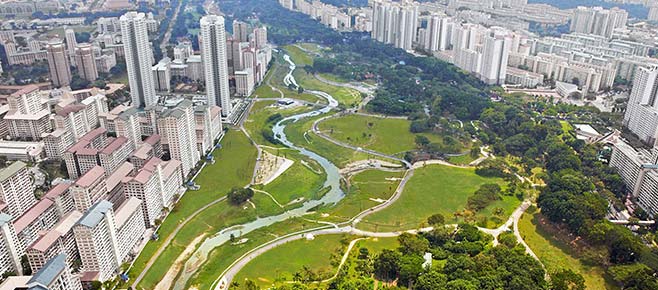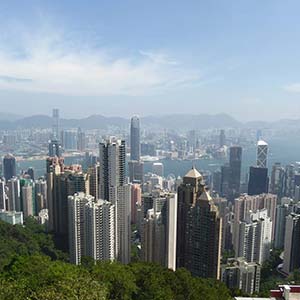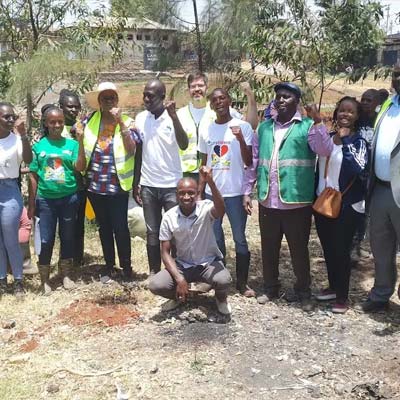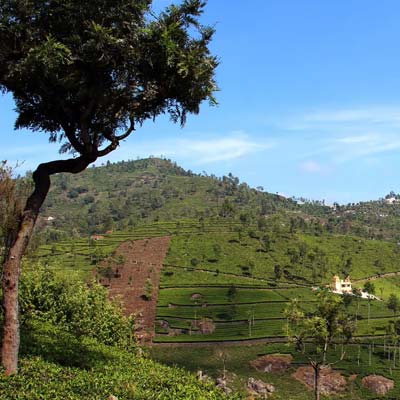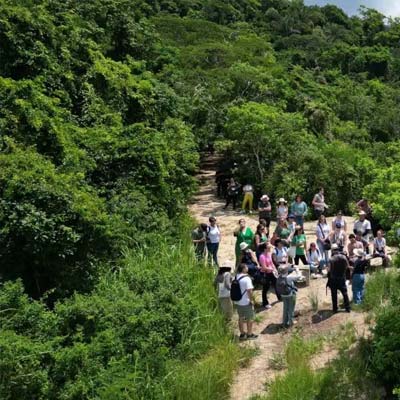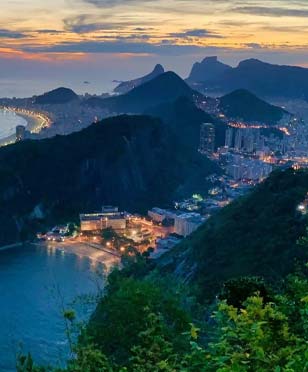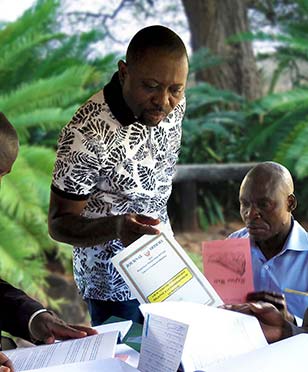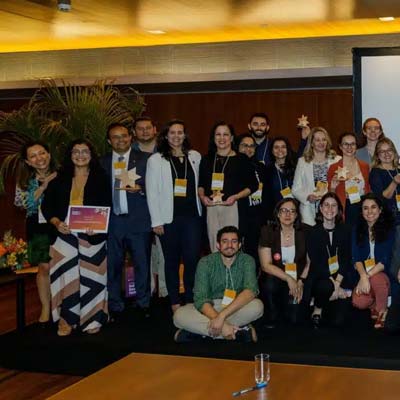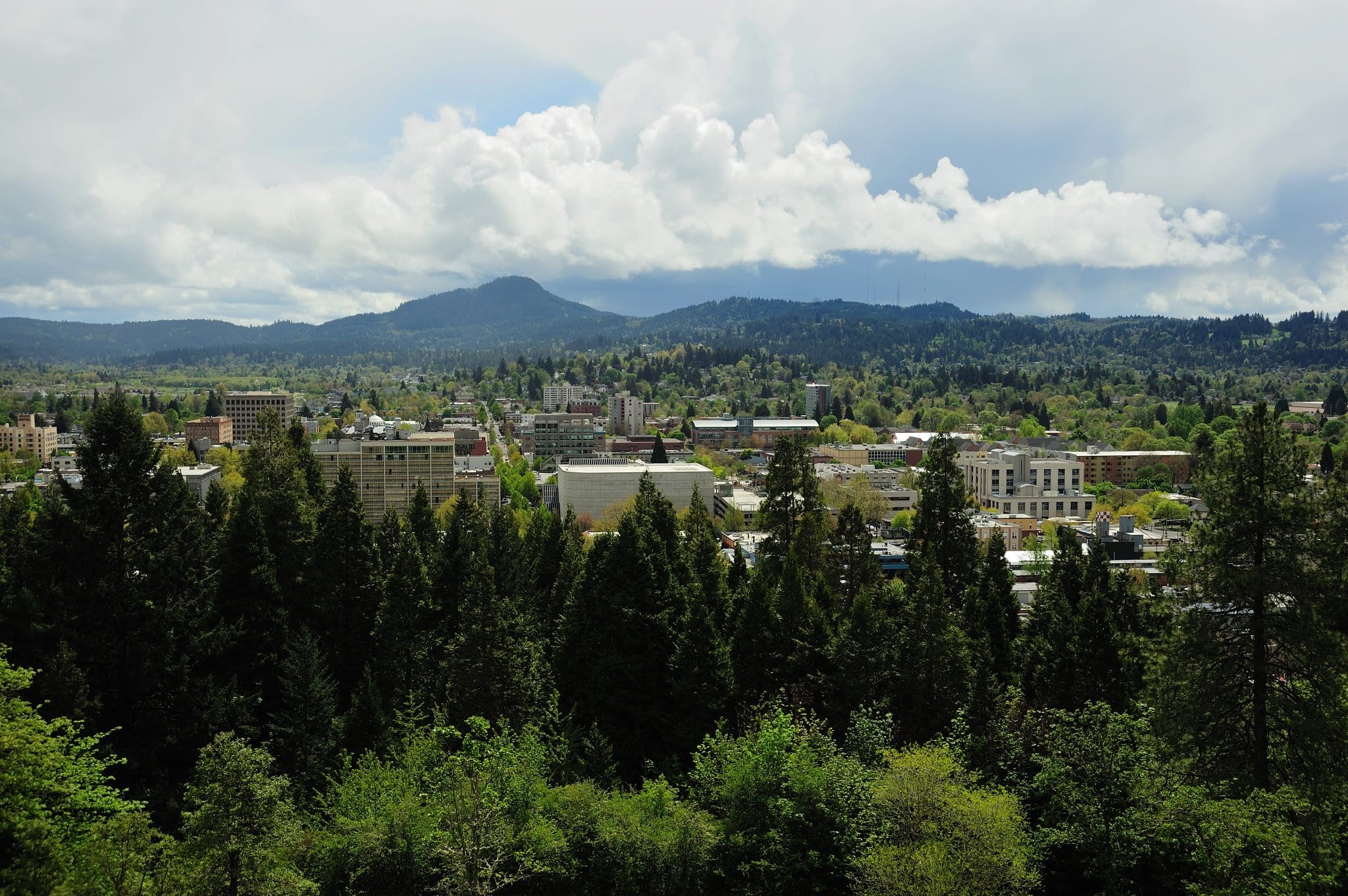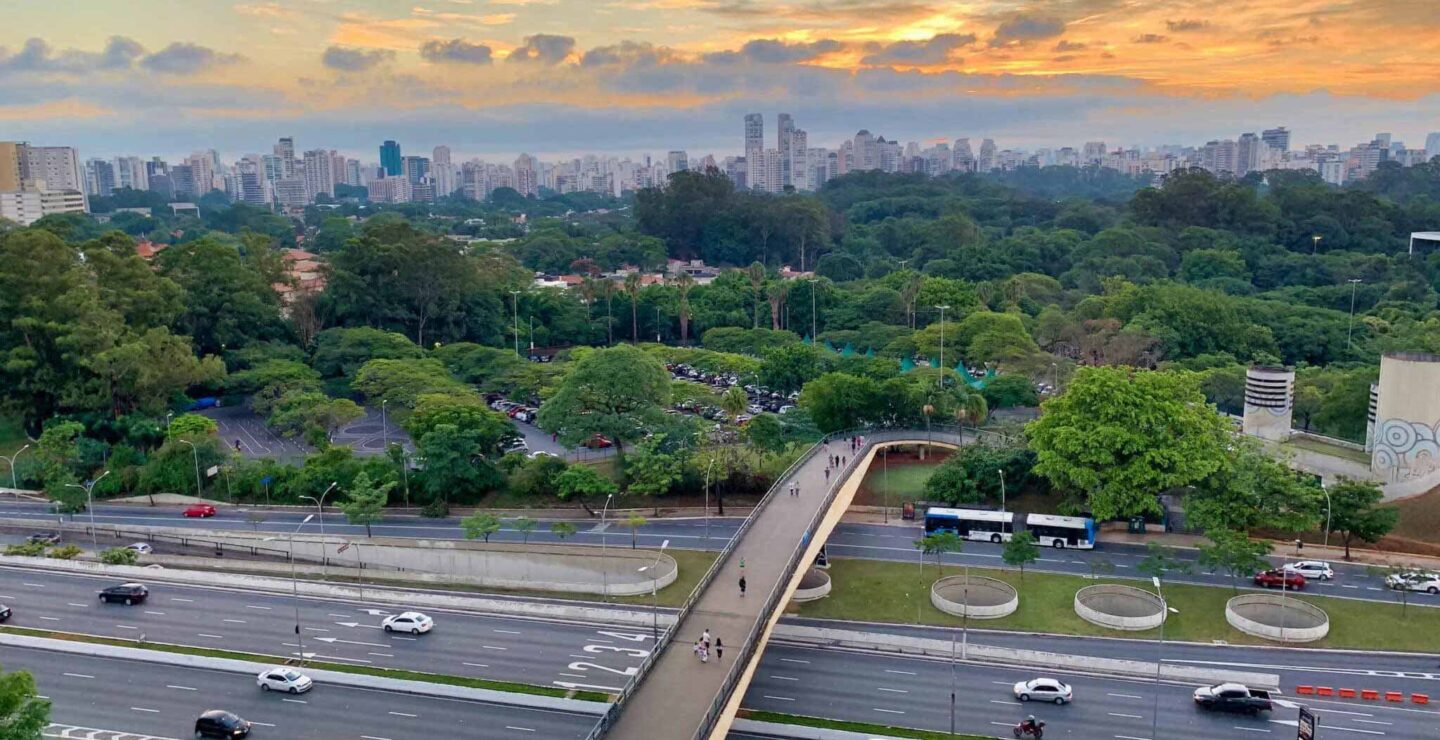Leading on Forest Resilience through Innovative Finance
Success Story
ugene, also known as the “Emerald City”, relies on its urban, nearby, and faraway forests to deliver critical services to its residents. Its urban forests enhance the city’s scenic views, reduce air pollution, and support stormwater mitigation efforts. Its nearby forests provide riparian buffers and natural filtration services to drinking waters, important timber products and employment opportunities, and critical carbon sequestration benefits, recreational opportunities, and wildlife habitat.
Most recently, Eugene was selected as a partner in the “Reforestation hubs” program led by Cambium Carbon, Cities4Forests, and the Arbor Day Foundation, which diverts downed urban trees from landfills. The program will transform these downed trees into furniture, lumber, flooring, compost or mulch to save the city money and generate revenue to plant and maintain more trees, expanding the urban canopy.
Through the Eugene Water & Electric Board (EWEB), the city is also supporting the Pure Water Partners Program, an innovative financing program to fund water security, energy security for hydropower operations, and provide clean water for urban residents. The program rewards landowners who protect high-quality natural land along the McKenzie River and implements restoration projects on private land for wildlife resilience and recovery, native plant cultivation, invasive species control, and more. In addition to collaborating with private landowners, EWEB is partnering with the University of Oregon and other conservation partners to research the carbon sequestration and flood mitigation benefits associated with a forested watershed. This research is demonstrating the multiple values that forests provide to communities and can galvanize new funding streams to support forest restoration and protection.
